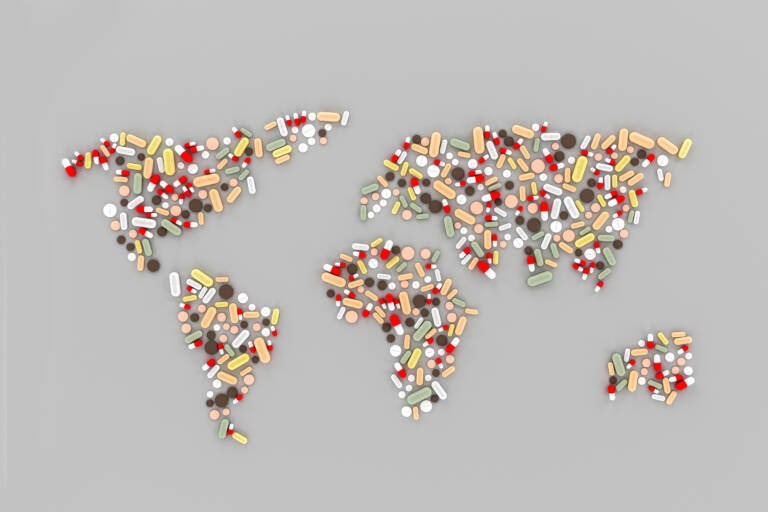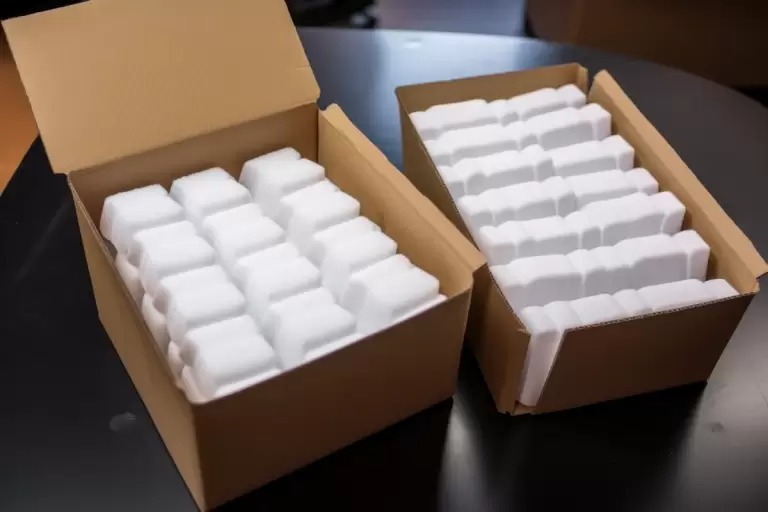The term “quality assurance” (QA) refers to a wide notion that encompasses all the critical steps in the production of pharmaceuticals. Quality Assurance ensures that the systems and processes used in production of a healthcare product guarantees <<product quality>>. It is a system for monitoring product quality and process performance that aids businesses in maintaining their reputations, makes sure that the prescription medication as well as the over the counter (OTC) products maintain their intended quality, efficacy and safety and complies with all legal requirements. It should be emphasized that failing to achieve pharmaceutical grade standards can result in costly fines as well as potential legal actions that could put a manufacturer’s business at risk. For this reason, anybody participating in the production process must complete specialized training in pharmaceuticals. Pharmaceutical companies relate quality assurance (QA) to the eight Pharmaceutical Quality Systems (PQS) pillars to deliver high-quality final pharmaceutical goods. These 8 pillars are: The auditing process, QMS consultancy and design, GMP compliance, Training, Standard Operating Procedures (SOP) development, Qualified Person and Responsible Person provision, Inspection preparation and support, and Quality risk management.
In 1967, the WHO, at the request of the Twentieth World Health Assembly (resolution WHA 20.34), had a committee of consultants produce the first text on good manufacturing practices (GMP). ‘Draft requirements for good manufacturing practice in the manufacture and quality control of medicines and pharmaceutical specialties’ was the title given to it when it was approved. The World Health Assembly approved the use of the WHO Certification Scheme on the quality of pharmaceutical items offered in international commerce in resolution WHA 22.50 from 1969. As a result, the GMP text was acknowledged as being a crucial component of the Scheme. The certification’s scope was expanded in 1975 with the passage of WHA28.65, which covered starting materials for dosage forms, safety and efficacy data, and other topics. The updated draft GMP criteria were first presented in 1992. The document included instructions for various steps that production and quality control staff should follow the general concepts of quality assurance (QA) into practice. This includes hygiene, validation, self-inspection, staff, locations, tools, supplies, and paperwork. The GMP for pharmaceutical products was subsequently expanded to include production and quality control procedures. In the ensuing years, there have been significant advancements in GMP, and significant national and international publications, including new versions, have been published.
Good manufacturing practice (GMP), according to the World Health Organization, is a system for ensuring that goods are consistently produced and controlled in accordance with quality standards. To ensure the highest standards of effectiveness, quality, and safety in any process involving the manufacture of pharmaceutical products, Good Manufacturing Practices (GMP) is a compilation of various guidelines, guidance documents, and directives issued and developed by international organizations and institutions, in collaboration with the pharmaceutical industry and several national regulatory authorities in different regions and countries. The majority of nations have laws requiring manufacturers to follow GMP practices. GMP regulations are enforced by regulatory agencies such as the U.S. Food and Drug Administration (FDA) in the United States and the European Medicines Agency (EMA) in Europe. It is a system made up of steps, instructions, and paperwork that guarantees manufacturing items are consistently created and monitored in accordance with a set of quality standards. To guarantee that a product that is manufactured is safe for human and animal consumption or use, guidelines are used during manufacturing, testing, and quality assurance. GMP protects the reputation of pharmaceutical producers, lowers risk, enables businesses to save money (on batch recalls, litigation settlements, fines, etc.), and gives businesses a competitive edge in an increasingly crowded and competitive market. The difference between good manufacturing practices (GMP) and current good manufacturing practices (cGMP) is crucial to note. GMP, which is sometimes used interchangeably, is the fundamental standard that the Food and Drug Administration (FDA) has established in accordance with the Federal Food, Drug, and Cosmetic Act to ensure that manufacturers take all required precautions to assure the safety and efficacy of their products. Contrarily, the FDA has enacted cGMP in order to ensure that manufacturers’ approaches to product quality are continuously improved (constant adherence to the highest quality standards, adoption of innovative methods and technologies).
The following are important GMP guidelines and elements for pharmaceutical companies:
- Documentation: Keeping thorough records of all testing, quality control, and manufacturing procedures.
- Quality Control: Setting up and adhering to protocols to guarantee the quality of pharmaceutical raw ingredients, intermediate products, and finished goods.
- Facility and Equipment: Designing, maintaining, and using manufacturing facilities and equipment in a way that prevents contamination and guarantees product quality.
- Personnel: Ensuring that those working in pharmaceutical companies have the proper training and possess the requisite credentials.
- Validation: Testing production methods to guarantee consistency and dependability in product quality.
- Quality Assurance: Implementing a system of checks and balances to monitor and confirm compliance with GMP standards is known as quality assurance.
- Product testing: Entails evaluating and testing pharmaceutical raw materials, intermediate goods, and completed goods to make sure they adhere to quality standards.
- Product Recall: Establishing protocols for handling product recalls in the event of problems with quality or safety.
- Complaint Handling: Implementing processes for processing and looking into client complaints about the quality of a product.
- Record Keeping: Maintaining thorough records of all production and quality control activities so that regulatory authorities can evaluate them when inspecting a facility.
Every batch of medications that is released in the market for distribution for human and animal consumption must adhere to quality standards in order for them to be both effective and safe. Every rule necessary for businesses to uphold this standard throughout the manufacturing process is found in GMP principles. Modern business operations can guarantee the public’s confidence in the production quality of medicines thanks to modern technologies.


